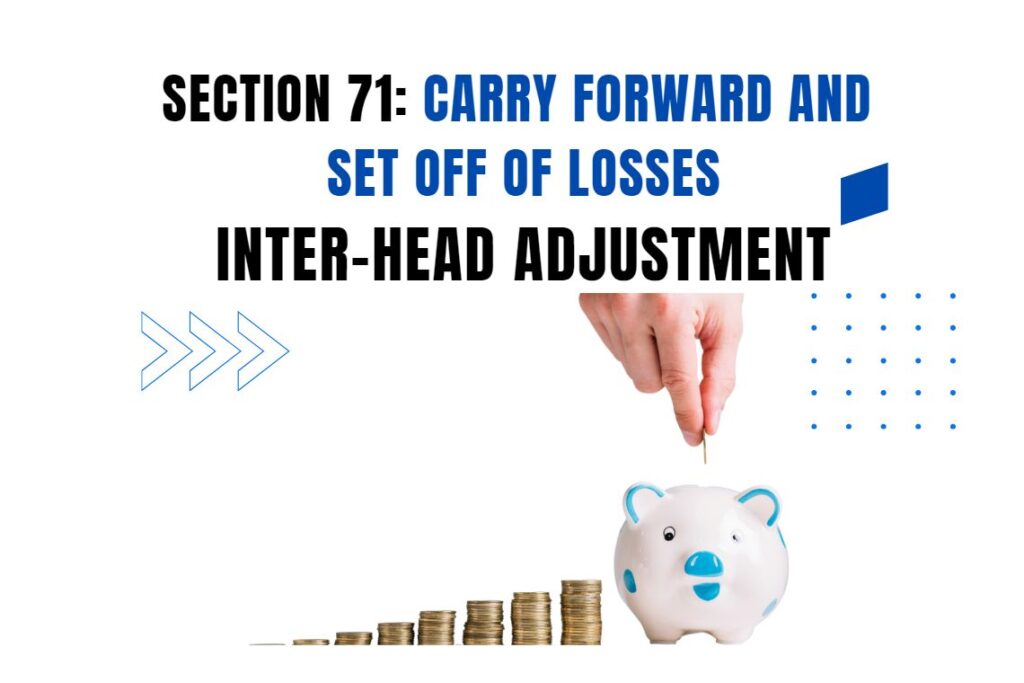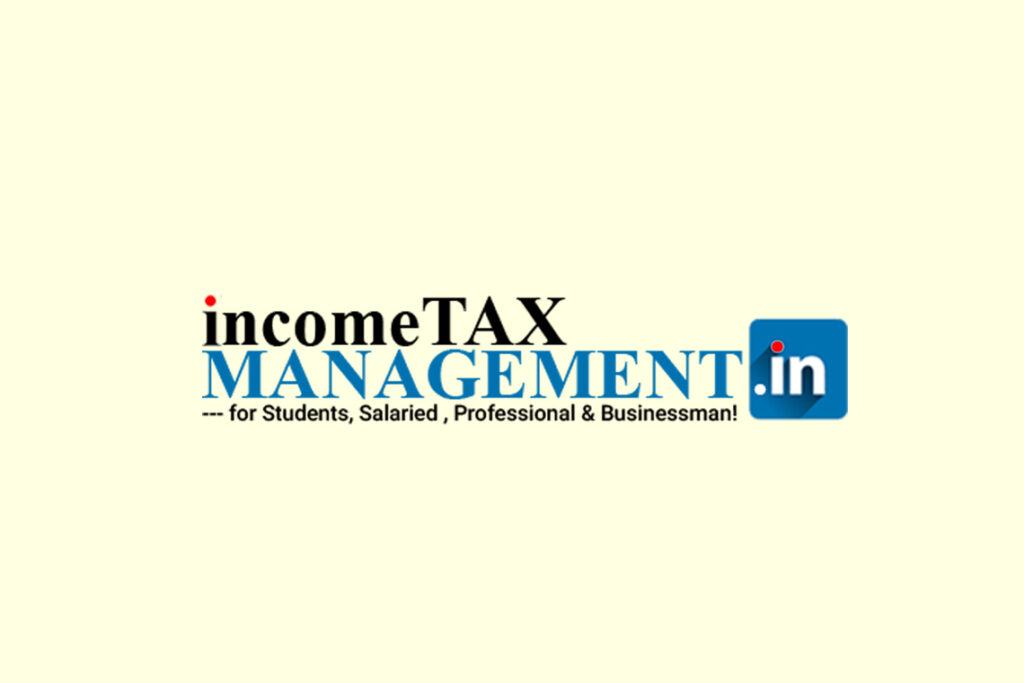Section 73 of the Income Tax Act, 1961, governs the treatment of speculation business losses, imposing strict rules on how such losses can be adjusted and carried forward. Below is a detailed breakdown of the provisions, conditions, and practical implications.
1. What is a Speculation Business?
A speculation business involves transactions where:
- The contract for purchase/sale of commodities, stocks, or derivatives is settled without actual delivery(e.g., intraday equity trading, F&O trading if delivery is not taken).
- The Income Tax Department treats such transactions as speculative, distinguishing them from regular business or investment activities.
Exceptions:
- Hedging transactionsin commodities.
- Trading by banks, financial institutions, or companies whose primary business is share trading(treated as non-speculative).
2. Set-Off Rules for Speculation Losses
A. Intra-Head Adjustment (Same Year) [Section 70]
- Losses can only be set off against profits from other speculative businessesin the same year.
- Cannot be adjustedagainst non-speculative business income or other heads (e.g., salary, house property).
Example:
- Speculative loss (intraday trading): ₹2,00,000
- Speculative profit (F&O trading): ₹1,50,000
- Net speculative loss: ₹50,000 (carried forward).
B. Inter-Head Adjustment (Same Year) [Section 71]
- Not allowed. Speculation losses cannotbe set off against income from other heads (e.g., salary, capital gains).
3. Carry Forward of Speculation Losses
Key Conditions
- Filing Requirement:
- The return must be filed by the due date(usually July 31) under Section 139(1). Late filing forfeits carry-forward rights.
- Time Limit:
- Losses can be carried forward for 4 assessment yearsfrom the year of incurrence.
- Set-Off in Future Years:
- Can onlybe adjusted against future speculative profits (not other income).
- Business Continuity:
- The speculative business need not continuein future years for set-off.
Example:
- AY 2024-25: Speculative loss = ₹3,00,000 (filed on time).
- AY 2025-26: Speculative profit = ₹1,00,000 → ₹1,00,000 adjusted.
- Remaining loss: ₹2,00,000 (carried forward till AY 2028-29).
4. Exceptions & Special Cases
A. Companies Engaged in Share Trading
- If a company’s principal business is share trading, its losses are treated as non-speculative(unless proven otherwise).
B. Unabsorbed Depreciation in Speculative Business
- Depreciation on speculative assets follows general rules(can be carried forward indefinitely) 4.
C. Order of Set-Off
When both speculative and non-speculative profits exist:
- First, adjust current-year speculative losses.
- Then, adjust carried-forward speculative losses.
5. Practical Implications & Tax Planning
- Strict Compliance: Missing the return deadline permanently lapsesspeculation losses.
- Segregation of Income: Maintain clear records to distinguish speculative vs. non-speculative income.
- New Tax Regime Impact: No additional restrictions, but inter-head set-off is already barred.
6. Summary of Key Rules
| ASPECT | RULE |
| Set-Off in Same Year | Only against speculative profits |
| Carry Forward Period | 4 years |
| Filing Deadline | Mandatory (due date under Section 139(1)) |
| Future Set-Off | Only against speculative income |
| Business Continuity | Not required |






